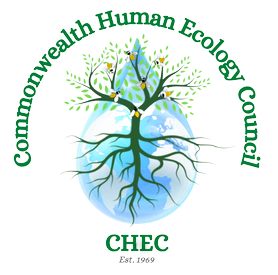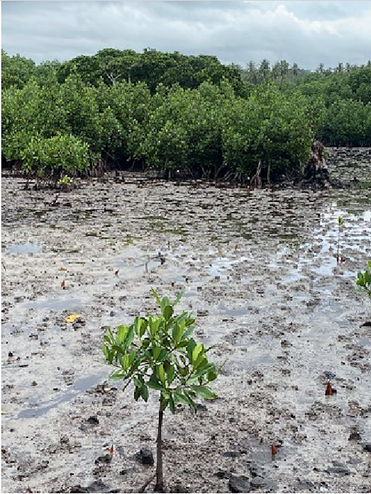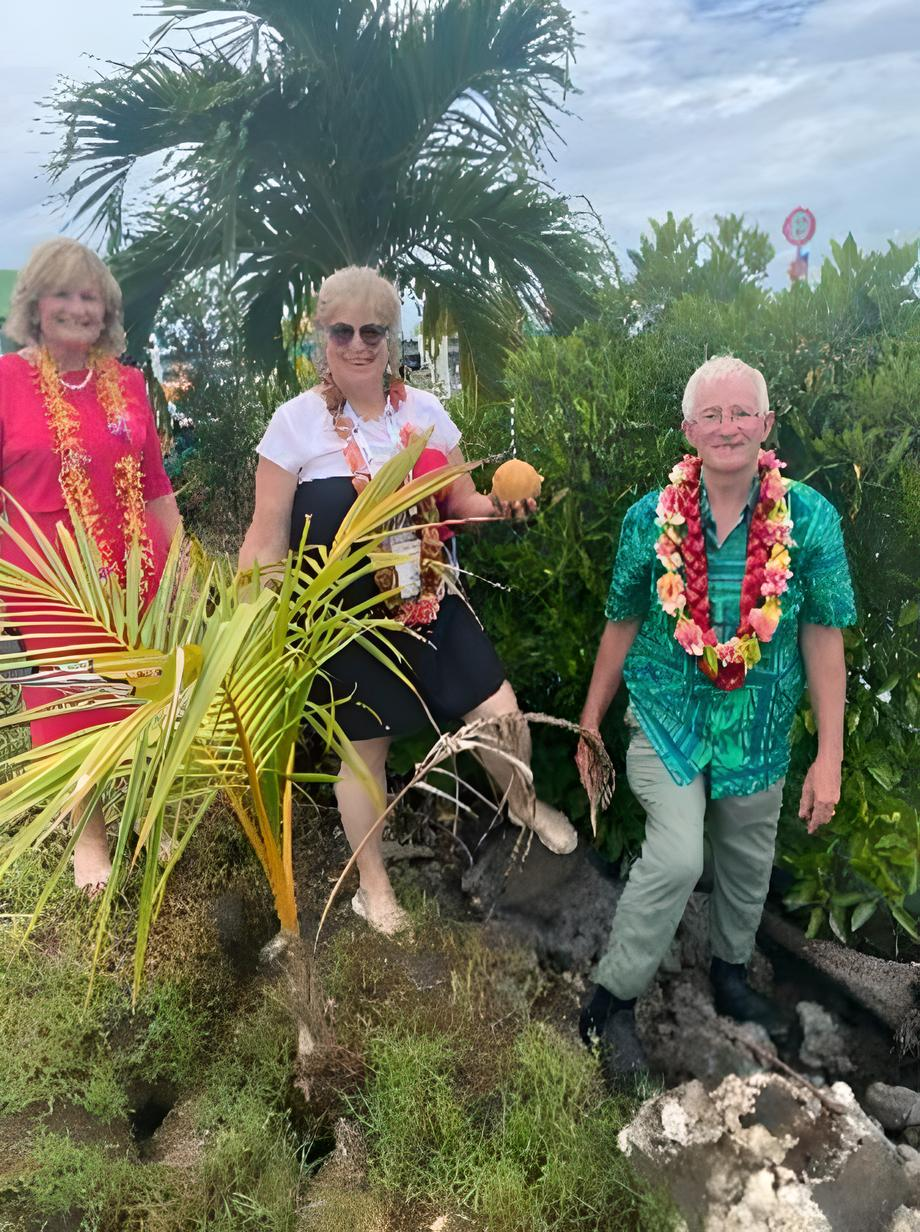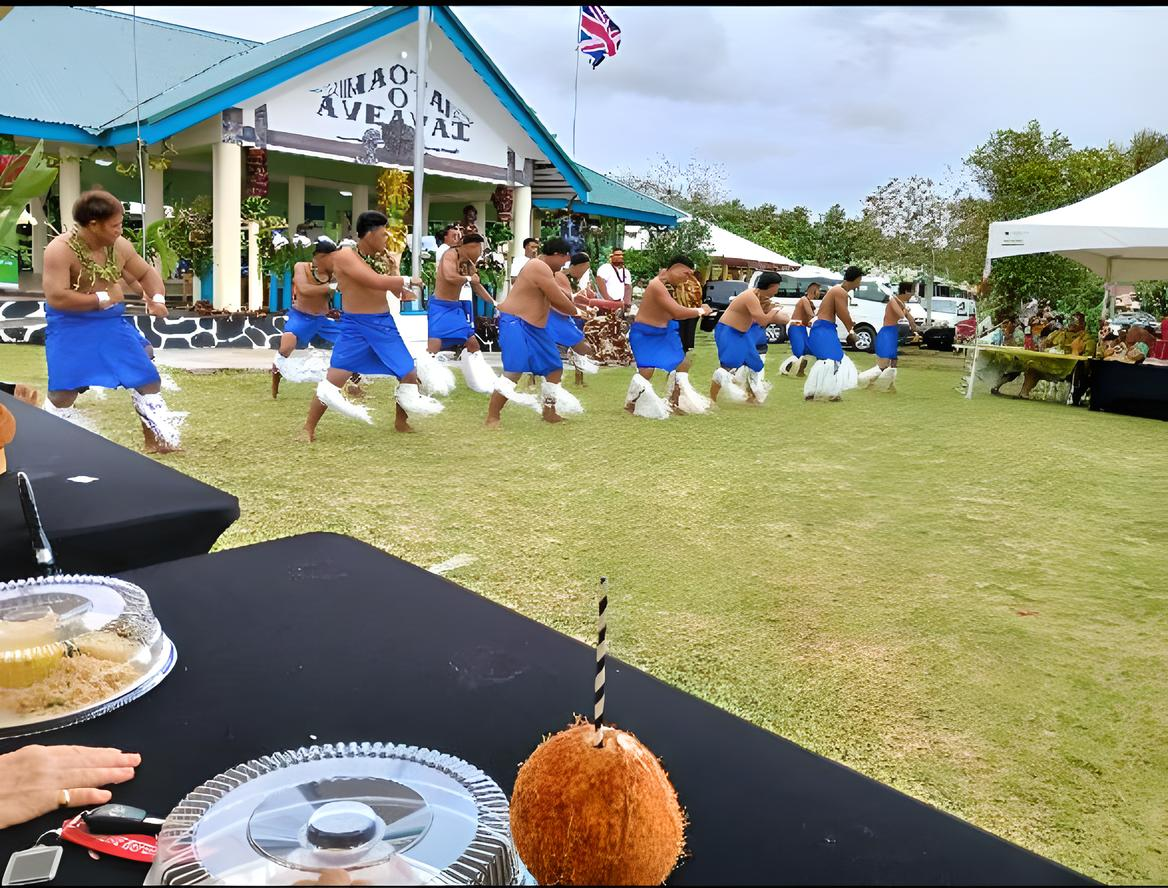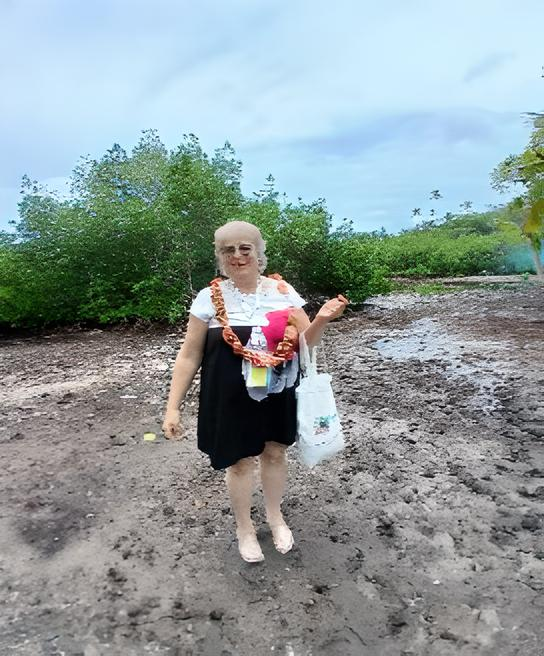
Mangrove Marine Sanctuary at Nono’a Saleimoa
CHEC teamed up with Rotary International and other partners to establish a mangrove marine sanctuary at Nono’a Saleimoa. The sanctuary will be preserved in perpetuity, dedicating the site for the education and sustainable livelihoods of the Samoan people.
Mangroves in Samoa
CHEC was a sponsor of Rotary Club Apia, Samoa’s mangrove restoration project which is helping to restore and maintain the mangrove ecosystem to mitigate the onset of rising sea levels at Saleimoa, a small village on the Samoan island of Upolu. The project is also teaching cultural heritage as well as knowledge that mangrove ecosystems are fish and shellfish nurseries, and how their destruction and overfishing can deplete a national resource. The other sponsors included the Sustainable Markets Initiative (SMI), SpaceX, the Samoa Ministry of Natural Resources and Environment (MNRE), Rotary in London and the Rotary Club of London.
Human Ecology Foundation Trustee, Dr. Donnell Davis represented CHEC at the project launch, meeting Judith Diment, Rotary international’s representative to the Commonwealth who initiated the Samoan mangrove project. King Charles attended the opening event.
Technical leadership, training and advice was provided by Dr Chris Puttock, Chair of the Rotary Action Groups Advisory Council and a botanist with a deep appreciation for mangroves. Originally from Australia, Chris has global experience of mangrove protection and restoration realising the multiple benefits mangroves provide for life on earth. He led the planting of 400 mangrove tree seedlings in a nursery areas two weeks before the 2024 CHOGM and will supervise their eventual transfer to the mangrove restoration site.
The environmental and social benefits of such a project have wide ramifications. For example, mangroves store carbon within their own ecosystems. Mangrove leaves and detritus, which absorb carbon, are carried down into the underlying swamp mud and sand by all the burrowing animals and insects, so looking up carbon that might have been released to the atmosphere and have contributed to climate change.
Mangroves act as coastal defences against storms, storm surges, and, so protecting coastal settlements from erosion and flooding. They provide breeding grounds foe any fish and invertebrate species that provide both livelihoods and food for coastal communities. They also act as water filters by trapping sediments and allowing both nutrients and heavy metal to be taken up by plants or be incorporated into sediments. Mangrove forests are an essential resource for coastal human communities, providing fish, mollusks and crustaceans for trade and consumption and materials such as fuel, timber, honey, medicines and fodder. Thus this Samoan project, and other mangrove restoration and protection projects, will help locally to sustain human communities and support local livelihoods as well as being contributors to combatting climate change and coping with higher sea levels.
-
Nono/a Saleimoa, Upolu Island, Samoa
-
September - October 2024
-
Establish a mangrove marine sanctuary (MMS) at Nono’a Saleimoa, west of Apia on Upolu provided by the Ministry for Natural Resources and Environment (MNRE).
Maintain a collaboration between the local Rotary Club of Apia (RCA), the local community and MNRE, Samoa Conservation Society (Fa‘asao Samoa), Secretariat of the Pacific Regional Environmental Programme (SPREP), and the Commonwealth Human Ecology Council (CHEC) and its governing board member Niccolo Moeono, who is based in Samoa.
Preserve in perpetuity the site for the education and sustainable livelihoods of the Samoan people.
-
The team was able to successfully plant over 400 mangrove tree seedlings in a nursery area two weeks before the 2024 CHOGM. They will supervise their eventual transfer to the mangrove restoration site.
